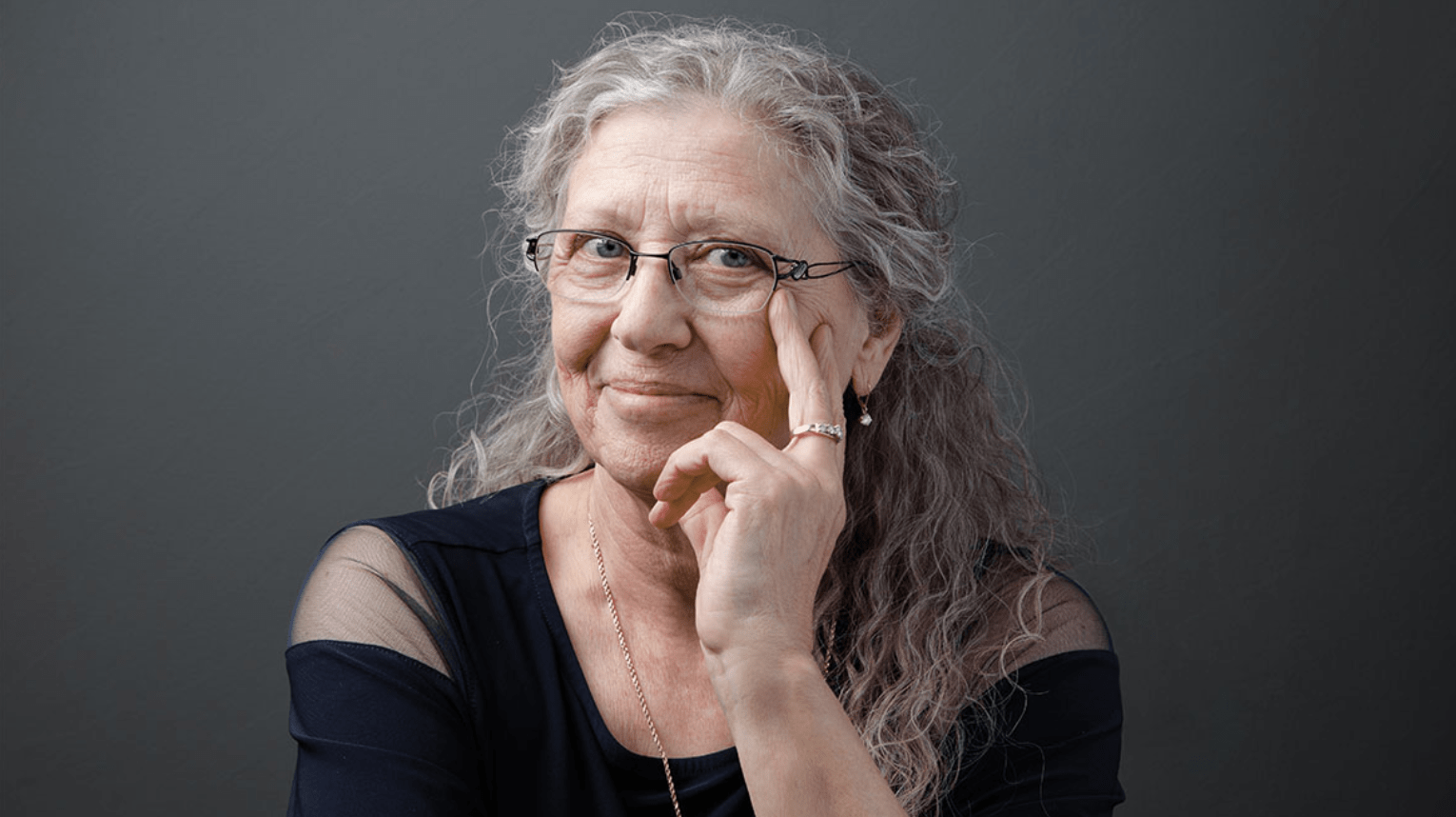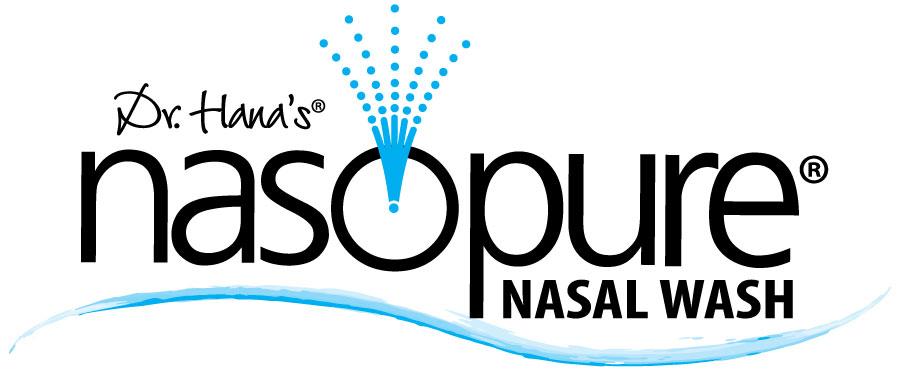Medicine in the Mix
Understanding the role of complementary and alternative medicine
By Dr. Hana R. Solomon, MD, as published in May 2013 issue of Alternative Medicine Magazine.

Worldwide only 10 to 30 percent of health care is provided by what most of us in the US would recognize as a doctor or nurse—someone trained in science-based medicine. The remainder, upwards of 70 percent of the human race, seeks to treat illness by way of folk practitioners using treatment traditions often very different from our own.
Though many western medical practitioners have been reticent to shift from the practice of diagnosing and treating pharmacologically, in the last several decades, doctors have been revisiting what it is to “first do no harm.” Complementary and alternative medicine (CAM) has become popular in the United States, thanks to the explosion of information accessible through the Internet. High healthcare costs and an acute desire to live healthier, longer lives has sparked great interest in CAM, while personalities like Andrew Weil, MD, and Mehmet Oz, MD, (better known as Dr. Oz) have popularized the desire to think outside the box in regards to one’s health.
Some physicians report that more than 60 percent of patients express a desire to use a combination of traditional and CAM therapies. The increasing popularity of CAM underlines the importance for all medical practitioners of becoming familiar with this area of medical practice.
What is CAM exactly?
According to the National Center for Complementary and Alternative Medicine (NCCAM), CAM is defined as “a group of diverse medical and healthcare systems, practices, and products that are not presently considered to be part of conventional medicine.”
Complementary treatment embraces certain therapies in conjunction with modern conventional medicine. For example, aromatherapy can be used to lessen a patient’s discomfort after surgery, and eucalyptus can complement antihistamines for allergic rhinitis. In other words, medicine provides the primary treatment of the pathology, but nontraditional therapies address other matters relating to the patient’s treatment.
The term “alternative therapies” suggests replacements for modern conventional medicine. For example, an alternative therapy would be using diet and supplements to treat cancer instead of chemotherapy or surgery.
CAM integrates modern conventional medical therapies and complementary alternatives—alternatives for which there is substantiated evidence supporting safety and efficacy. An example is the use of yoga breathing to reduce the need for medications in asthmatics; the use of meditation to help manage stress-induced symptoms; and the use of osteopathic manipulation to assist with musculoskeletal pain.
Types of CAM therapy
NCCAM identifies five domains within the CAM group:
> >>Manipulative and body-based systems like chiropractic, osteopathic, and massage
> >>Mind-body medicine like meditation, prayer, art, music, and dance
> >>Biological-based systems like herbs, vitamins, and natural products
> >>Energy therapies like biofield, touch, Qigong, and bioelectromagnetic
> >>Alternative medical systems like homeopathy, naturopathy, traditional Chinese medicine [TCM], and Ayurveda
The list of methods included in these definitions changes continually as practices are integrated into modern conventional medicine.
Using CAM
Although almost any treatment can incorporate CAM methods, CAM is most often used when a chronic and medically untreatable condition exists. Many CAM therapies offer significant relief and cures for these conditions, but the patient and physician must work together to achieve safe and effective treatment.
Conventional medical treatments primarily address the physical body while CAM will often incorporate personal belief systems and spiritual practices. Whole person therapies can enhance the body’s capacity to mitigate dysfunction and painful symptoms. These therapies can include meditation, art, music, dance, support groups, and cognitive therapy. Practitioners may achieve more healthful outcomes by addressing spiritual aspects when teaching and listening to patients.
Probiotics are another good example of a safe, integrated therapy: probiotics are live microorganisms that improve digestion by improving the balance of intestinal microflora.
It is important that healthcare providers are open to any safe and helpful healing options. However, it is also vital that both science and clinical experience be included in the therapeutic process.
Is it safe?
There is much to do to improve the understanding of CAM. Scientific evidence exists for some CAM therapies, yet there are many questions that remain unanswered despite attempts at well-designed scientific studies.
Physicians rightly have concerns about popular therapies that currently have no legal requirement for proof of efficacy or safety. The FDA is primarily concerned that a product is safe, not that it has a positive impact. A well-known example of this is the use of echinacea for upper respiratory tract infections. The public generally accepts echinacea, and the herb is thought to be therapeutic. However, if patients have allergies to certain plants, they may experience an increase in allergic rhinitis when using echinacea, thus increasing the symptoms of a respiratory infection.
An excellent example of CAM is the use of nasal irrigation when dealing with nasal and sinus issues. It is true that antihistamines may help with symptoms, but medicating for symptoms is not the ultimate goal—prevention is. There is ample scientific support proving the benefits of nasal irrigation in prevention of nasal woes, in reducing duration and intensity of symptoms, and in the reduction or even elimination of medications needed. Even surgery with its costs—both financial and personal—may sometimes be avoided.
The final analysis
Complementary and alternative medicine is now an established part of the treatment landscape. As conscientious practitioners, physicians must become open-minded about the efficacy of these treatments. Taking a complete medical history is, as always, important in the diagnostic process. But now physicians must also be able to incorporate knowledge of the supplements and therapies patients are using in conjunction with conventional medicine.
Physicians should make it routine to request that patients bring in all pills, drops, oils, creams, and syrups so that they can identify and accurately understand all the actions and interactions. If they are familiar with helpful complementary practices, like the nasal irrigation mentioned above, they should teach patients so that prevention can be an integral part of care. Knowledge of complementary and alternative therapies should become part of every medical practice, for the safety and best results for patients in today’s world of healthcare.
Hana R. Solomon, MD, is the inventor of Dr. Hana’s Nasopure Nasal Wash System (nasopure.com) and author of Clearing the Air One Nose at a Time: Caring for your Personal Filter. She can be contacted at drhana@nasopure.com.
